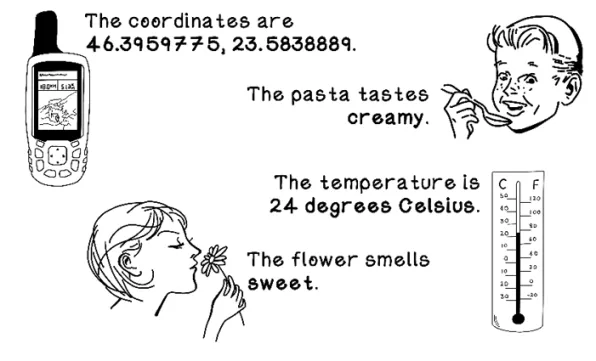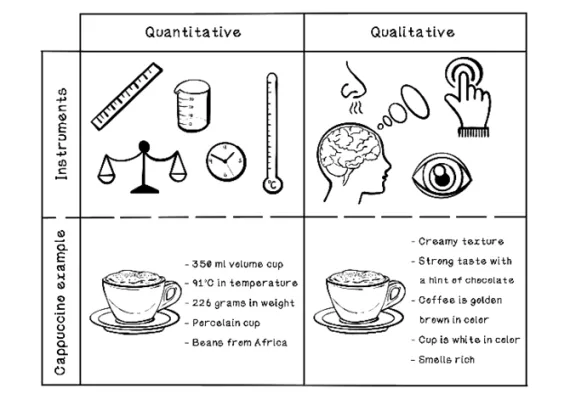
- 392 pages
- English
- ePUB (mobile friendly)
- Available on iOS & Android
Grokking Artificial Intelligence Algorithms
About this book
"From start to finish, the best book to help you learn AI algorithms and recall why and how you use them." - Linda Ristevski, York Region District School Board "This book takes an impossibly broad area of computer science and communicates what working developers need to understand in a clear and thorough way." - David Jacobs, Product Advance Local Key Features
Master the core algorithms of deep learning and AI
Build an intuitive understanding of AI problems and solutions
Written in simple language, with lots of illustrations and hands-on examples
Creative coding exercises, including building a maze puzzle game and exploring drone optimization About The Book "Artificial intelligence" requires teaching a computer how to approach different types of problems in a systematic way. The core of AI is the algorithms that the system uses to do things like identifying objects in an image, interpreting the meaning of text, or looking for patterns in data to spot fraud and other anomalies. Mastering the core algorithms for search, image recognition, and other common tasks is essential to building good AI applications Grokking Artificial Intelligence Algorithms uses illustrations, exercises, and jargon-free explanations to teach fundamental AI concepts.You'll explore coding challenges like detecting bank fraud, creating artistic masterpieces, and setting a self-driving car in motion. All you need is the algebra you remember from high school math class and beginning programming skills. What You Will Learn Use cases for different AI algorithms
Intelligent search for decision making
Biologically inspired algorithms
Machine learning and neural networks
Reinforcement learning to build a better robot This Book Is Written For
For software developers with high school–level math skills. About the Author
Rishal Hurbans is a technologist, startup and AI group founder, and international speaker. Table of Contents 1 Intuition of artificial intelligence
2 Search fundamentals
3 Intelligent search
4 Evolutionary algorithms
5 Advanced evolutionary approaches
6 Swarm intelligence: Ants
7 Swarm intelligence: Particles
8 Machine learning
9 Artificial neural networks
10 Reinforcement learning with Q-learning
Frequently asked questions
- Essential is ideal for learners and professionals who enjoy exploring a wide range of subjects. Access the Essential Library with 800,000+ trusted titles and best-sellers across business, personal growth, and the humanities. Includes unlimited reading time and Standard Read Aloud voice.
- Complete: Perfect for advanced learners and researchers needing full, unrestricted access. Unlock 1.4M+ books across hundreds of subjects, including academic and specialized titles. The Complete Plan also includes advanced features like Premium Read Aloud and Research Assistant.
Please note we cannot support devices running on iOS 13 and Android 7 or earlier. Learn more about using the app.
Information
1 Intuition of artificial intelligence
- Definition of AI as we know it
- Intuition of concepts that are applicable to AI
- Problem types in computer science and AI, and their properties
- Overview of the AI algorithms discussed in this book
- Real-world uses for AI
What is artificial intelligence?
Defining AI
- A system that succeeds at playing many types of complex games
- A cancer tumor detection system
- A system that generates artwork based on little input
- A self-driving car
Understanding that data is core to AI algorithms


Viewing algorithms as instructions in recipes
- Find the book Grokking Artificial Intelligence Algorithms.
- Open the book.
- While unread pages remain,
- Read page.
- Turn to next page.
- Think about what you have learned.
-
- Think about how you can apply your learnings in the real world.

Table of contents
- Copyright
- contents
- dedication
- preface
- 1 Intuition of artificial intelligence
- 2 Search fundamentals
- 3 Intelligent search
- 4 Evolutionary algorithms
- 5 Advanced evolutionary approaches
- 6 Swarm intelligence: Ants
- 7 Swarm intelligence: Particles
- 8 Machine learning
- 9 Artificial neural networks
- 10 Reinforcement learning with Q-learning
- index
- RELATED MANNING TITLES